Last week, Michael Hagedorn offered some great advice about watering recently repotted trees in spring:
To sum up, only read the moisture level where there are roots to determine when to water.
– from Spring Watering Tip
I’ve found Michael’s suggestion useful for many of the trees in my garden this year.
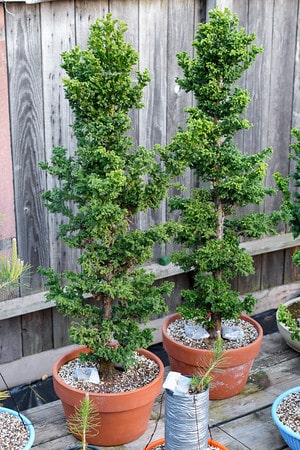
Cryptomeria
Looking at the surface soil of these trees, we can see that the original rootball is dry in both cases, but the new soil is wet in one pot and dry in the other.
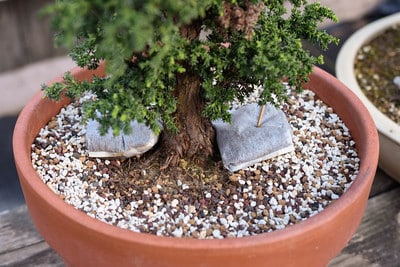
Dry original soil, dry new soil
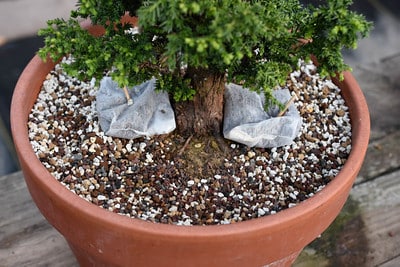
Dry original soil, wet new soil
It doesn’t matter that the new soil is wet in the photo above – because the soil is dry where the roots are, the tree needs water.
Sometimes it’s easy to tell when recently repotted trees need water – other times it can be tricky. When using akadama, it’s relatively easy to distinguish wet soil from dry as wet akadama is significantly darker in color than dry akadama.
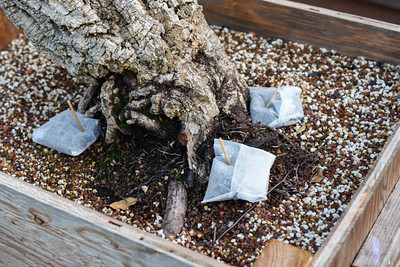
Wet original soil, wet new soil – no need to water
When the original rootball is under a layer of new soil, however, it can be hard to tell if rootball below is dry when the surface soil is still wet. In these cases, I poke around to see how the soil around the roots looks. If it’s dry, I’ll water – if it’s wet, I’ll avoid watering.
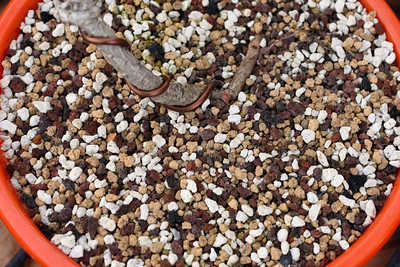
Dry surface soil – does the tree need water?
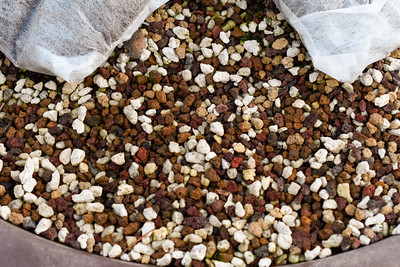
Wet surface soil – time to check to see if the original rootball is wet or dry
Last year I noticed a less-common phenomenon – a rootball that stayed wet for a long time, even when all of the surface soil was parched. I didn’t notice this for a while which led me to over-water a bit – a condition that’s stressful for varieties that require soil to dry out between waterings. Since making that discovery, I now check far more of my trees every time I water.
If you haven’t already read it, I recommend checking out Hagedorn’s Spring Watering Tip as well as his 2013 posts, Spring Watering Tips, and One More Watering Tip for more information about the art of watering.
Subscribe to Indian Bonsai Art
New Posts Delivered Every Tuesday and Friday
